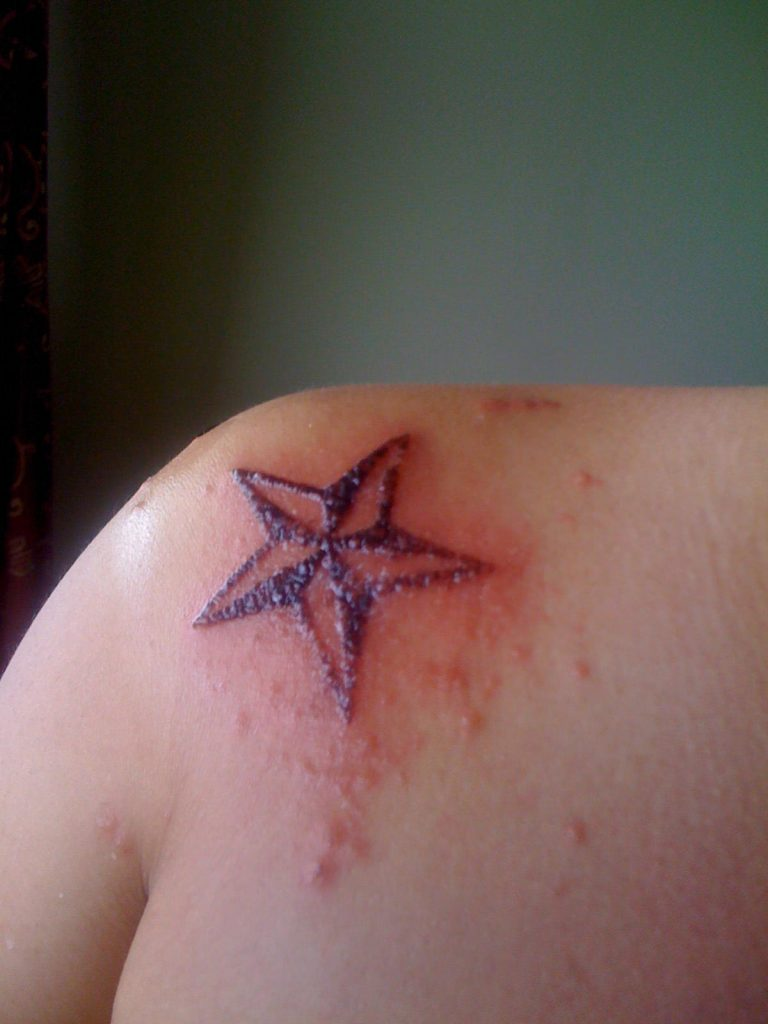How to Safeguard Against Infection After Laser Tattoo Removal
Laser tattoo removal is a popular method for those looking to remove or lighten a tattoo. However, like any procedure that involves breaking the skin's surface, there is a risk of infection. Understanding how to care for your skin post-treatment can help minimize these risks and promote faster healing. In this guide, we will explore the most effective ways to safeguard against infection after laser tattoo removal (علامات الإصابة بعد إزالة الوشم بالليزر ), focusing on skin care and protective measures that are essential during recovery.
Understanding the Healing Process:
The healing process after laser tattoo removal involves several stages. The first few days are critical as your skin begins to recover from the treatment. When a tattoo is removed, the laser targets ink particles and breaks them down, which can cause the skin to become red, swollen, and tender. This is a normal reaction, but it is important to treat your skin gently to prevent irritation or infection. The recovery process typically takes several weeks, and proper care is essential to minimize complications during this time.

Keep the Area Clean and Dry:
One of the simplest and most effective ways to protect against infection after laser tattoo removal is to keep the treated area clean and dry. Gently wash the area with mild, fragrance-free soap and lukewarm water. Avoid scrubbing the skin, as this can cause further irritation or injury to the treated area. Pat the area dry with a clean towel or tissue, and avoid rubbing. Keeping the area dry reduces the risk of bacteria growth, which can lead to infections.
Avoid Scratching or Picking at the Skin:
After laser tattoo removal, your skin may scab or peel as it heals. While this is a natural part of the recovery process, it is essential not to scratch, pick, or peel the skin, as doing so can lead to infections or scarring. Scratching the treated area introduces bacteria from your hands into the wound, increasing the risk of infection. Instead, let the scabs fall off naturally. If you feel an itch, gently apply a cooling gel or moisturizer to soothe the skin without causing damage.
Protect the Area from Sun Exposure:
Sun exposure can be harmful to your skin, especially after laser tattoo removal. The treated skin is more sensitive and vulnerable to damage from UV rays, which can delay healing and increase the risk of infection. Always apply a broad-spectrum sunscreen with an SPF of at least 30 to the treated area if you need to go outside. Alternatively, cover the area with clothing to shield it from the sun. Protecting your skin from the sun ensures that your body can focus on healing rather than fighting off the damaging effects of UV radiation.
Avoid Excessive Moisture:
Excessive moisture, such as from swimming or prolonged exposure to hot tubs or saunas, can increase the risk of infection after laser tattoo removal. Water can introduce bacteria into the treated area, leading to complications. Avoid swimming pools, hot tubs, and any activities that cause excessive sweating during the first few weeks after treatment. It is also advisable to avoid soaking the treated area in the shower, as the prolonged moisture can soften the scabs and interfere with healing.
Use Non-Irritating Skin Care Products:
After laser tattoo removal, your skin will be sensitive. It is crucial to choose gentle, non-irritating skin care products that won't cause further damage to the area. Avoid using harsh exfoliants, perfumes, or any skincare products that contain alcohol, as these can dry out and irritate the skin. Opt for healing creams or moisturizers that contain ingredients like aloe vera or vitamin E to support skin repair. Keeping the skin moisturized can also help alleviate discomfort, but be sure to follow any advice given by your practitioner.
Recognizing the Signs of Infection:
Even with the best care, there is still a slight risk of infection following laser tattoo removal. Being able to recognize the signs of infection early is essential to preventing complications. Common signs of infection after laser tattoo removal include excessive redness, swelling that doesn't go down after a few days, pus or fluid draining from the area, and a fever. If you experience any of these symptoms, it's crucial to take immediate action to address the issue before it worsens. Signs of infection after laser tattoo removal can indicate that additional care is needed to ensure proper healing.
Conclusion:
Post-treatment care after laser tattoo removal is crucial for minimizing the risk of infection and ensuring a smooth recovery. By keeping the area clean, avoiding irritation, protecting it from the sun, and using non-irritating products, you can promote healing and safeguard against potential issues. Always be aware of the signs of infection after laser tattoo removal, and if symptoms persist, seek appropriate medical attention to ensure the best outcome. Taking the necessary precautions can help you enjoy the benefits of your laser tattoo removal with fewer complications and a quicker recovery.